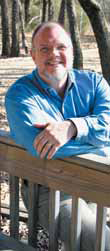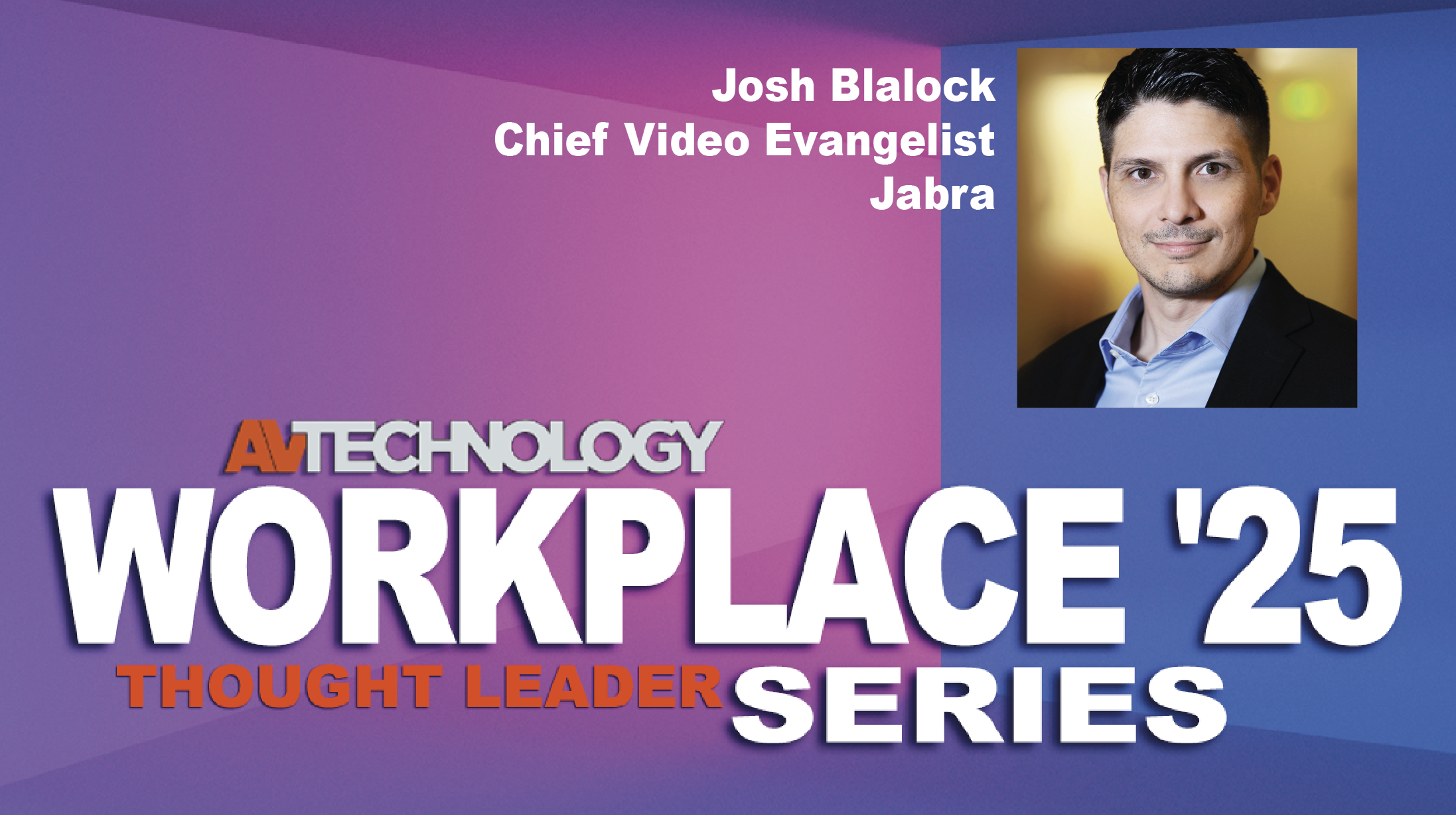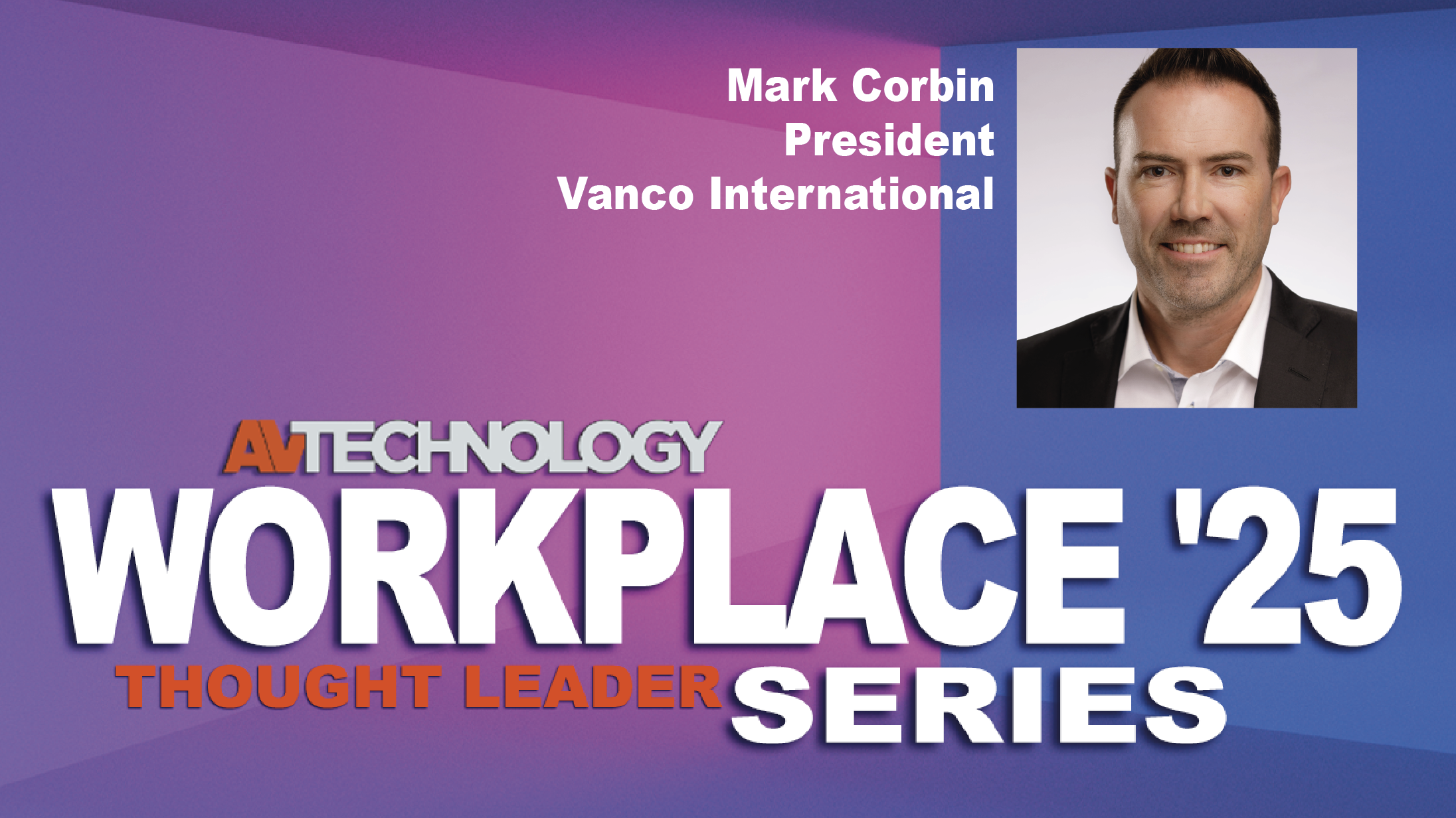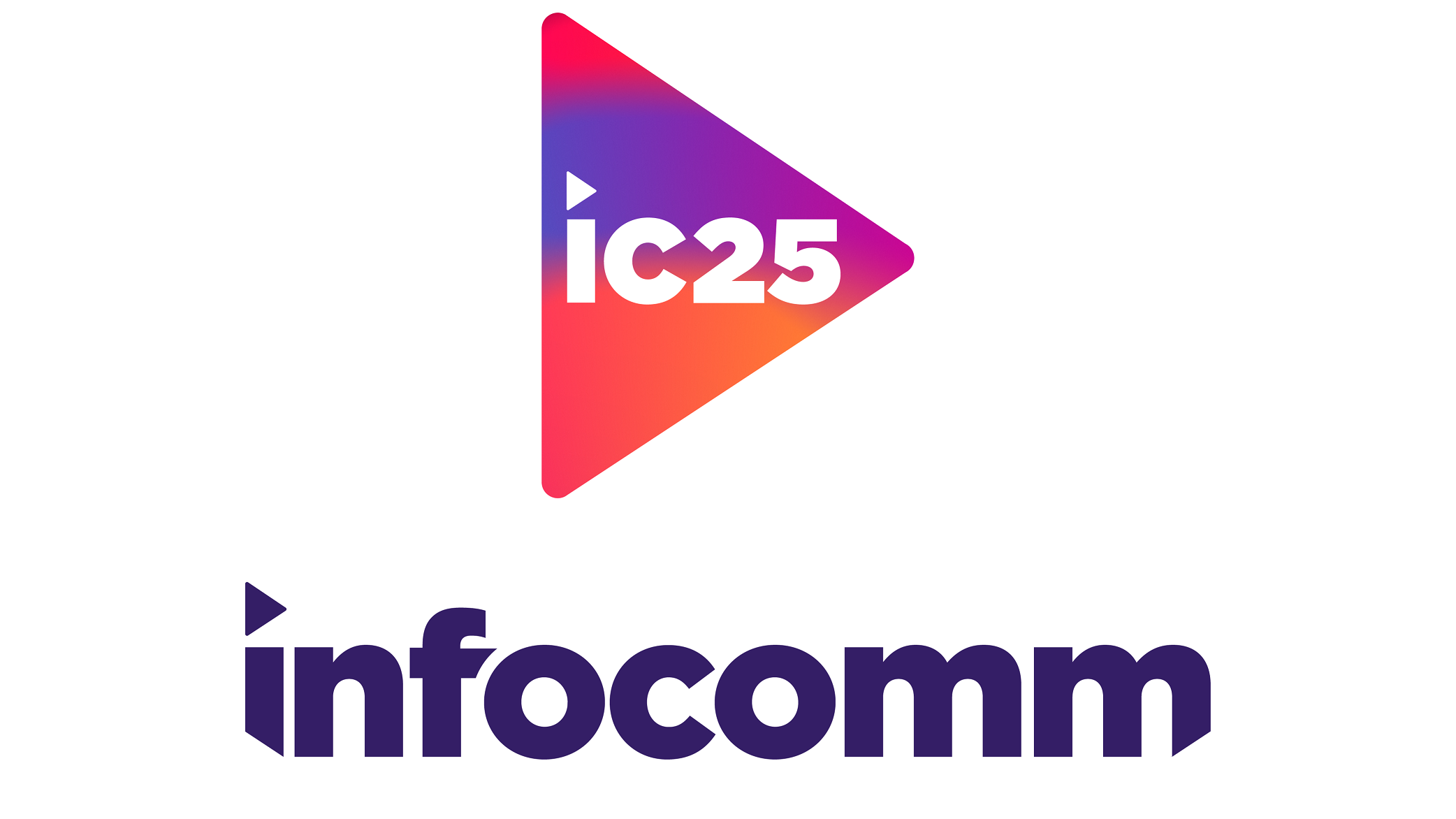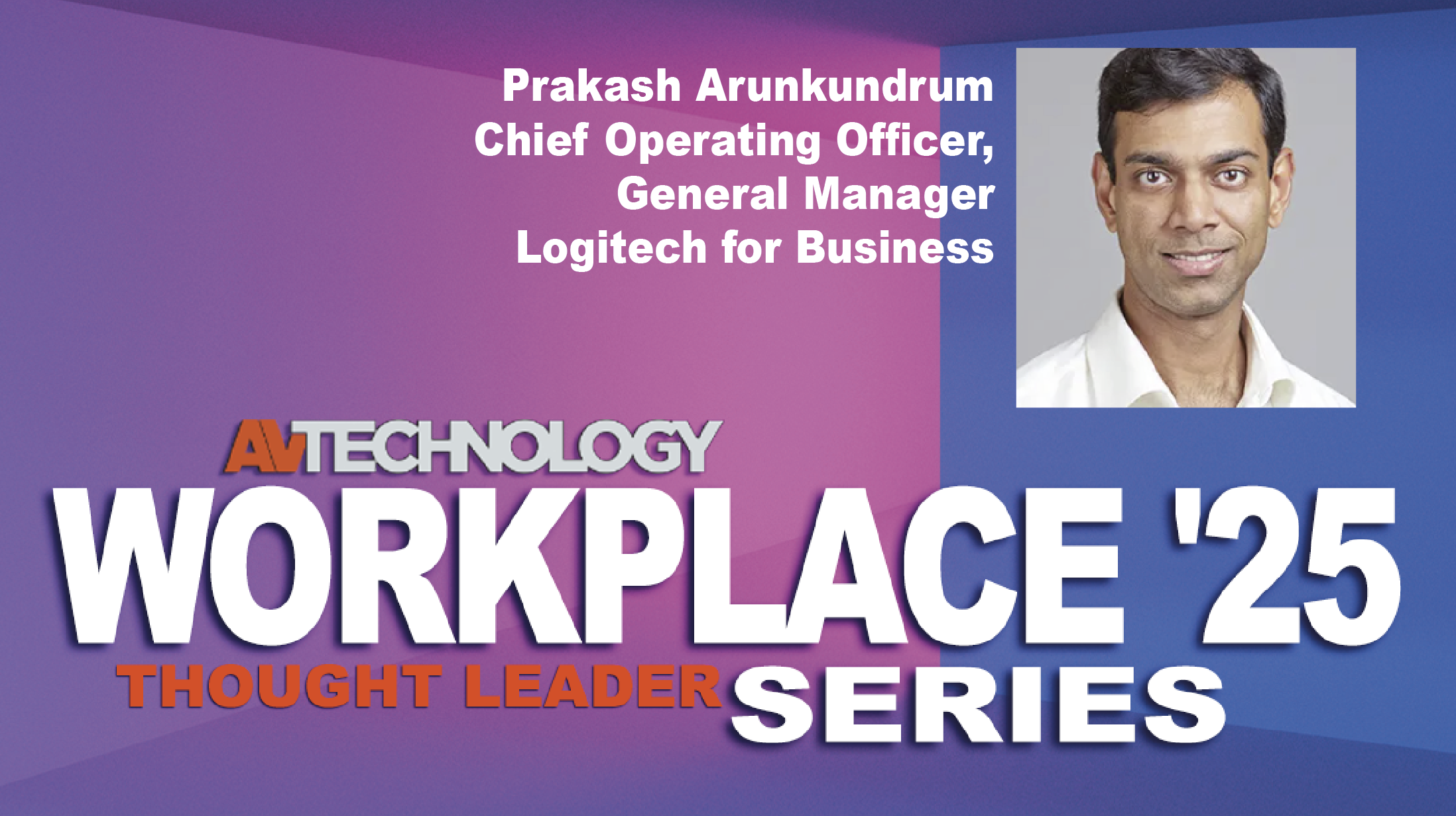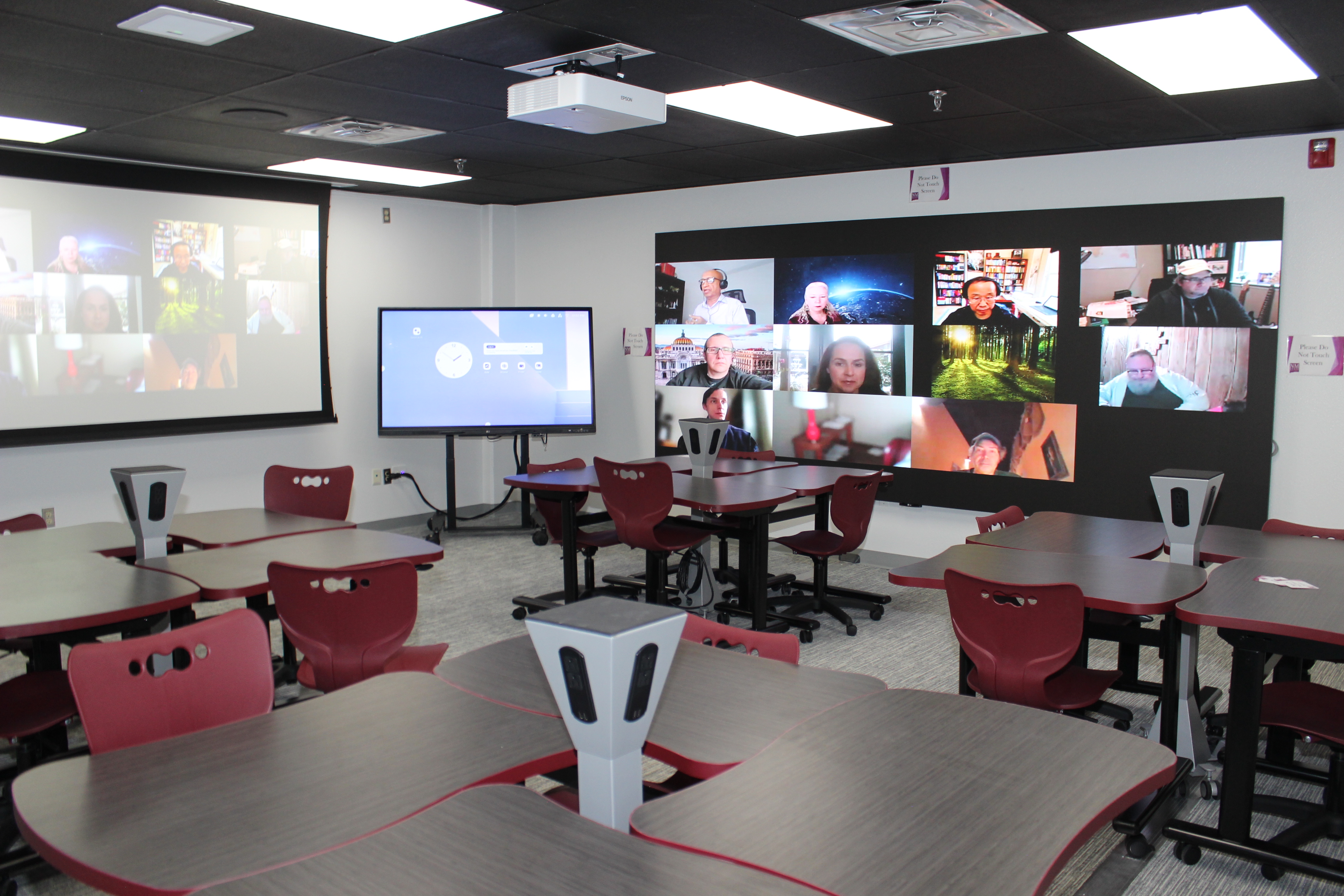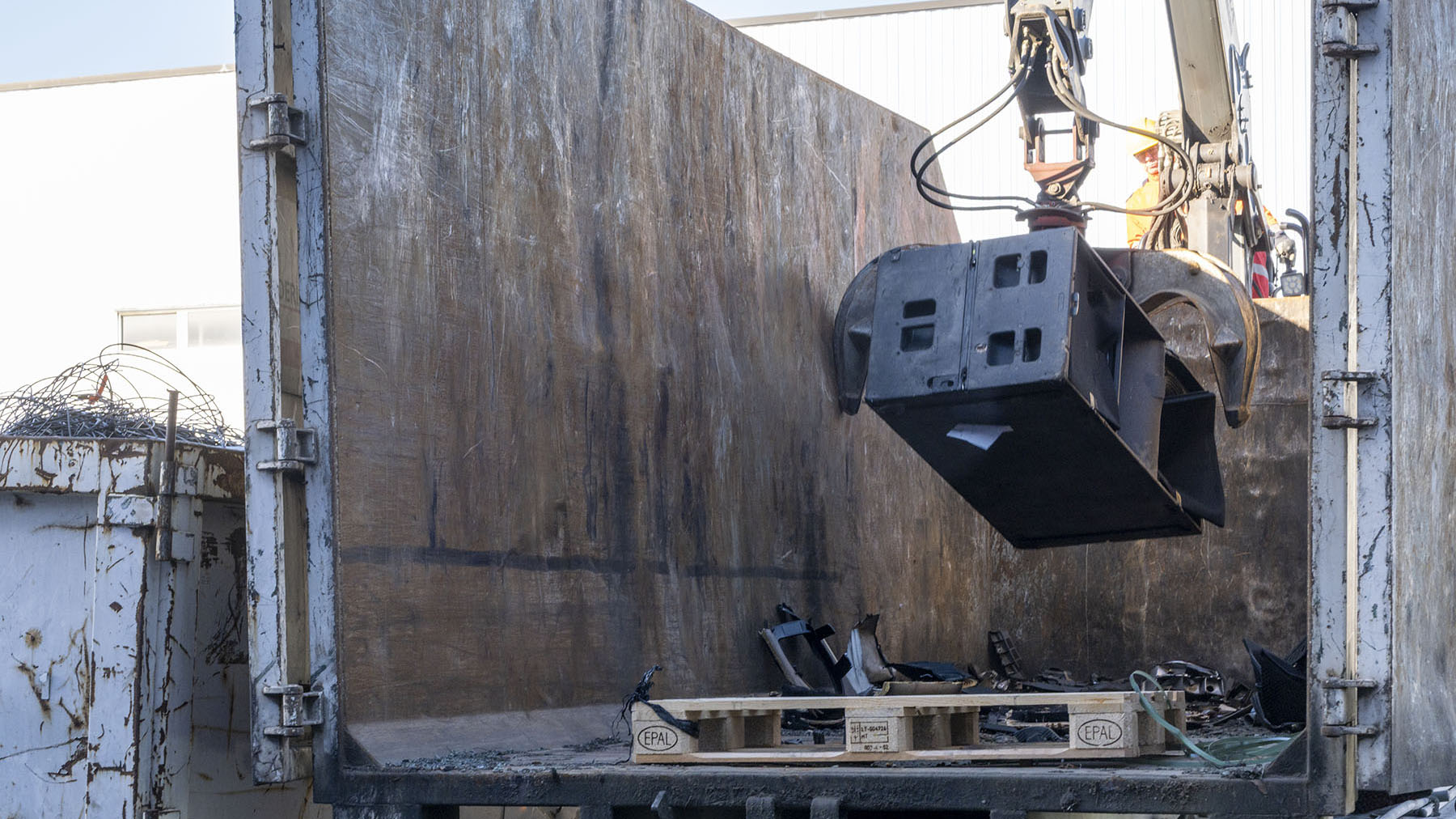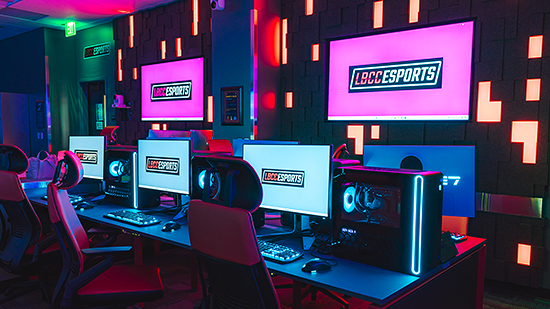Stagers that plan wisely can get more out of InfoComm 2010
An old staging friend of mine is attending InfoComm for the umpteenth time, but this year is his first time in a new role working for an integration company. He called me the other day to exclaim that he was scheduled to the hilt for all four days of the show. It seems that integrators take a very structured view of InfoComm and schedule visits to key booths, meetings with reps, and even make social event attendance a requirement for their employees. This is a far cry from the traditional stager agenda of “Where’s my badge? I’ll see you at the bar.” My friend said he never knew there was so much going on and wonders how much he missed over the years. OK, so not every stager treats our industry’s number one tradeshow as a bar tour (there are parties, too). There are plenty of things to learn and business to be conducted, but you need a plan to get it all done — if you want time for fun.
Get out your calendar and let me clear one thing up: InfoComm starts on Saturday June 5 with 20 different three-day seminars conducted by InfoComm’s Institute for Professional Development. There is a new Staging and Live Events Management course presented by Andre LeJeune. Or, if you don’t already have your CTS, you should start with one of the CTS Prep courses (then take your test before going home). At the very least you should plan to arrive by June 8 in time for a Super Tuesday session. You may find the topics to be a little integration- centric, but in the next year or two stagers will find themselves discussing things like telepresence in live event context.
The opening keynote and reception start Tuesday at 4:00 pm. The keynote is important because Cisco has joined the AV world and will be there to tell us why. When a 500- pound gorilla joins the conversation, we should listen. The reception begins at 5:30 — free drinks, woohoo! I would not miss this event; you have a better chance of finding folks you want to see at the reception than you do on the f loor. The only downside is that there aren’t too many manufacturers; they are busy finishing up their booths.
The exhibit floor opens Wednesday morning at 9:00, but your call time is 08:40 at the main entrance. That’s when we have the ribbon-cutting ceremony where yours truly, the president of InfoComm, will say a few words and open the show. I expect to see some stagers in the audience! Make some noise! Once the ribbon is down you are ready to start the show. For that you need an exhibit floor strategy.
Don’t just wander around the show f loor (unless you have way too much time on your hands). Step one, head straight to the Lighting & Staging Pavilion and find the rigging demo area. Check the schedule and write down the times. Once your feet are good and tired, wander back early and get a good seat for one of these informative sessions. Next, hurry to the Camera Production Showcase. This is being put on with the support of VER and is the closest thing you will get to a real camera comparison demo. You won’t even see this at NAB, so don’t miss out. Next stop, the 3D Technology Showcase. The crowds will be big here, but keep coming back until you have taken it all in. 3D will have a bigger impact on live events than integration over the next two years, so learn all you can now. How about some audio? Don’t forget that there are 20 brands represented in the audio demo rooms. Once you have figured out how to fit all these things in, then it’s time to visit your key manufacturers and explore new technology. This year I strongly recommend learning about digital signage content creation and management.
The most important event for stagers begins at 2:00 pm on Wednesday: I call it the Rental & Staging Marathon and it begins with an keynote address about meeting industry trends followed by the R&S Forum with a panel of customers telling it like it is. The R&S Awards begin at 4:30 and then the bar opens for one of the best networking events in the industry — The R&S Reception. The InfoComm Rental & Staging Council and Chairman Janne Mummert have brought us the jam-packed event plus the Camera Showcase — we all owe them a lot of thanks!
There is not enough space here to talk about the classes you need to attend at InfoComm. As a Stager, you have to critically examine the topics to figure out where you can gain some practical knowledge, but the opportunities are there. My course, The Rental & Staging Business Survival Kit (IS38) is completely revised with best practices and lessons from my consulting experiences. This is highly recommended for executives and owners and takes place Thursday from 8:00 to 10:00. Register soon, because the class has sold out the past three years.
Last but not least, spend some time with the show floor map and exhibitor list before you arrive. I can’t tell you how many times I have missed an important exhibit because it was across from the booth with the pretty girls in it. A good plan will have a checklist of must-see’s and must talk to’s. Make the most of your trip, but don’t forget to kick back and have some fun with your colleagues. After all, it’s your show.
Looking Around the Corner
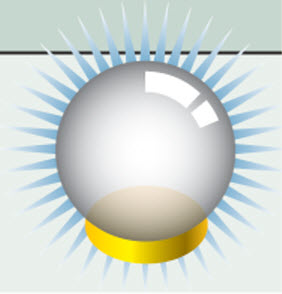
In five years, what will you wish you knew now?
The time has come when I can no longer just say “Invest in new technology.” Hardware and software are your future, but we also need training to know how to make it all work. That’s what makes InfoComm such a great opportunity for stagers — because it’s all in one place at one time. Here’s the list of things I think you should be paying close attention to while you are at InfoComm this year:
Digital Signage: We’ve seen huge growth from DS for conventions, but soon it will permeate corporate AV events as well. Focus your energy on software for content creation and management. Do you have a visual content developer on staff yet? You should!
Direct View Displays: Traditional digital signage display technology — plasmas and LCDs — have become true commodities. Stagers will do better by buying unique, scalable, large-surface solutions. Tiles, panels, videowalls, and LED are still viable, but check out this new technology: www.nanolumens.com.
Everything 3D: I agree with a lot of folks that 3D for the home is not ready (or needed), but 3D for events is hot again (it has surged three times in my career). Take the time to understand the different technologies. And when buying projectors, displays, and processing, be sure you ask the 3D and HD questions.
Media Capture and Streaming: If you are still using the term webcast? That is so 2003! There are now streaming tools and services available that anyone can use. Check out companies like Accordent Technologies and Sonic Foundry to see how far content capture and distribution has come.
All Things Software: There was a time that I avoided software products in favor of anything with a button. Those days are long gone. Show control via software is stable and versatile and the technology is rapidly evolving. Check out products like AV Stumpfl’s Wings or Dataton’s Watchout. Forward-thinking stagers reliably use these products (and have even figured out how to charge for creative services).
In five years, the following list will be old news. You will either have propelled your company forward through calculated risks, or you will be sitting on a pile of obsolete technology watching your balance sheet dwindle. 2010 and its new economy is the right time to be investing in new hardware, software, and knowledge.
Tom (T.R.) Stimson, MBA, CTS, is president of The Stimson Group, a Dallas-based management consulting firm providing strategic planning, market research, and profit-throughprocess services to the audiovisual Industry. Tom is the 2010 president of InfoComm International, a member of the ETCP Certification Council, and keynote speaker for the Rental & Staging Roadshow. Contact him at tom@trstimson.com
